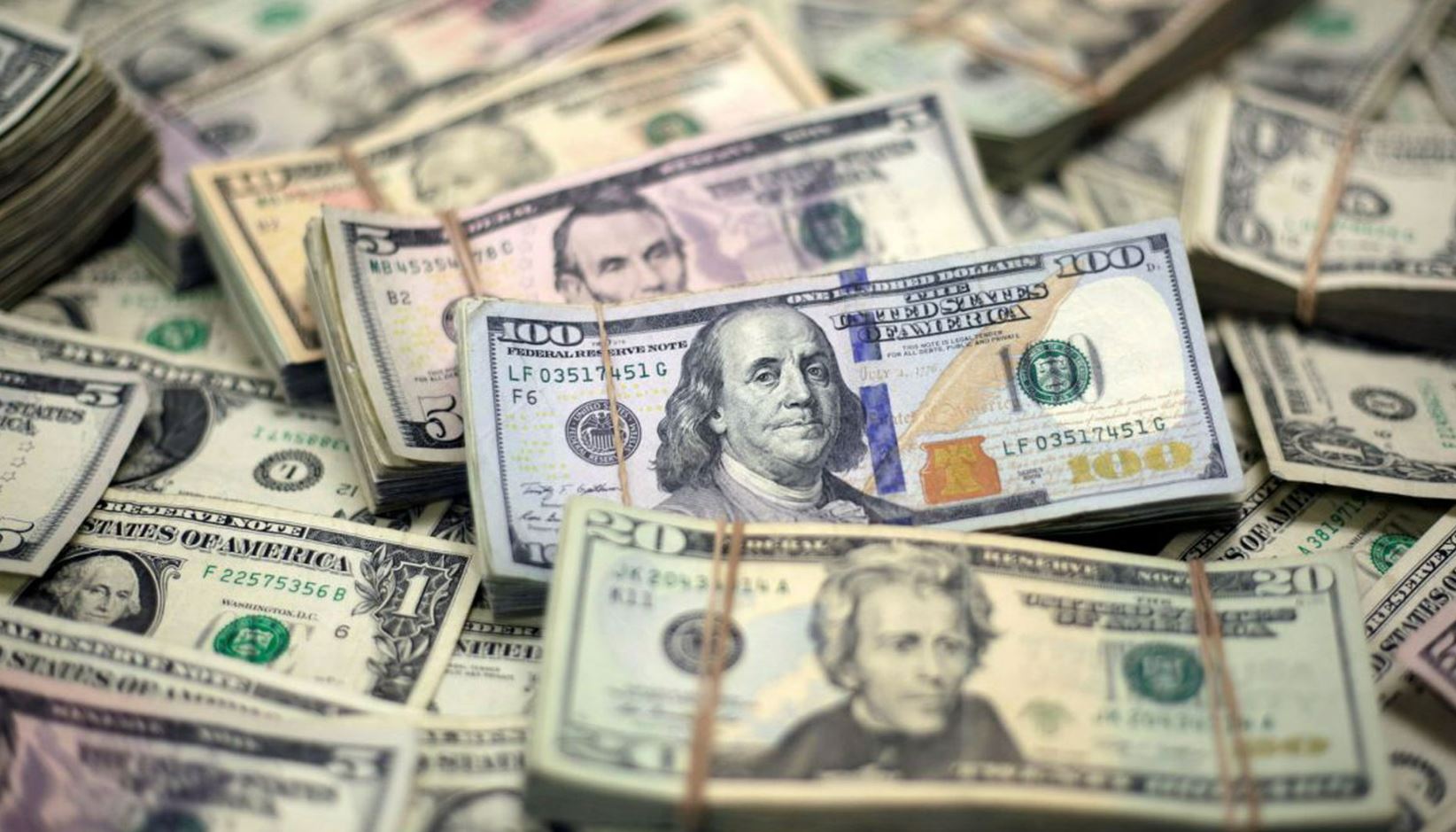The relative resilience of emerging markets relative to developed nations has begun to catch the attention of money managers.
Citigroup (C) calls it “an unknown quantity.” Goldman Sachs (GS) describes it as “surprising resilience.” And for Columbia Threadneedle, it is “a reward for proactivity.”
The dollar’s relentless strength, which has driven it to record highs, has led to a fall in the world’s currencies.

However, a closer look reveals that the emerging market exchange rate benchmark has half the losses of the developed ones.
And the trend continues even with the fall in commodity prices, which is key to the economies of these countries.
“Over the past two months, commodity prices have retreated from levels seen earlier in the year, but commodity producers have continued to perform relatively well compared to the euro area or the Group of 10″ said Dirk Willer, head of emerging markets strategy at Citigroup Inc.
“That’s been an unknown.”
The success of developing countries in weathering some of the volatility tied to the Fed’s monetary tightening casts doubt on the assumption that they will be the epicenter of any market collapse driven by rising US yields.
In reality, much pain is being felt in the UK and Europe, while countries such as Brazil and Mexico are seeing their currencies lure investors with juicy yields resulting from some of the world’s most aggressive rate hikes.
“We are seeing in developed markets the same forces that emerging markets have struggled with over the past few decades: inflationary pressures and fiscal deficits,” said Simon Harvey, head of currency analysis at Monex Europe in London.
“With all the volatility, you’re forced to look for higher yields, and that’s in emerging markets.”
The commodities rally this year through June 9 helped MSCI Inc.’s benchmark index for developing-country currencies limit its decline to 2.5% when the gauge representing developed countries retreated 7.4%.
Since then, the commodity benchmark has fallen, but emerging markets have outperformed the Group of 7 by two percentage points.
Of the 23 developing currencies analyzed by Bloomberg, 21 have outperformed the sterling, 19 have outperformed the euro, and all 23 have outperformed the Japanese yen.
FIRST WORLD PROBLEMS
As the world lurches from crisis to crisis-from war in Ukraine to energy shortages in Europe to political turmoil in the U.K.-the reputation of developed countries as safer investment destinations has taken a beating.
Options traders are taking note. Expected volatility in G7 currencies has soared above that of emerging markets for the first time since March 2020, according to JPMorgan Chase & Co (JPM) indices.
Then comes the rate differential. None of the G-10 currencies has a policy rate above 3% while developing nations offer a much higher carry trade: Indonesia’s 4.25% is among the lowest, and Brazil’s policy rate exceeds 13%.
“Some emerging market central banks went ahead and raised their policy rates from mid-2021 and are now being rewarded for it,” said Lin Jing Leong, rates strategist at Columbia Threadneedle Investments.
“This is a great example of how a little early proactivity can go a long way in markets.”
According to Citigroup, currency performance in Mexico and Brazil is driven by positive real rates.
The bank overweights the peso, calling it “the darling of emerging markets.”
Strong external accounts and attractive carry are the main drivers in the region, according to Morgan Stanley (MS).
“Macroeconomic problems in Europe and political divergence in Japan are unlikely to go away soon,” says Alvin Tan, head of Asia currency strategy at RBC Capital Markets. “So I don’t expect the underperformance of their currencies to be resolved any time soon.”
In countries such as Brazil, easing inflation is helping to cushion the blow from a stronger dollar.
“This is very important, as it means there are no profoundly negative real rates, as we see in many of these G-10″ economies, said Aninda Mitra, investment and macroeconomics strategist at BNY Mellon Investment Management.
But all this talk of outperformance is tempered by the fact that most emerging-market currencies continue to fall. Goldman Sachs Group Inc. and Societe Generale SA see further losses until the Fed halts rate hikes.
“Emerging-market currencies will continue to retreat for the rest of the year,” said Marek Drimal, a strategist at Societe Generale.
“They are cheap, but will only become attractive as the end of Fed tightening approaches and if, at the same time, the global or US economy avoids a hard landing scenario.”
With information from Bloomberg

